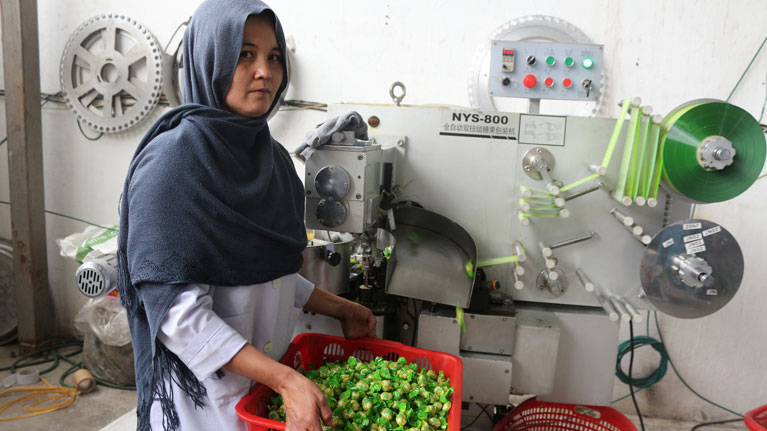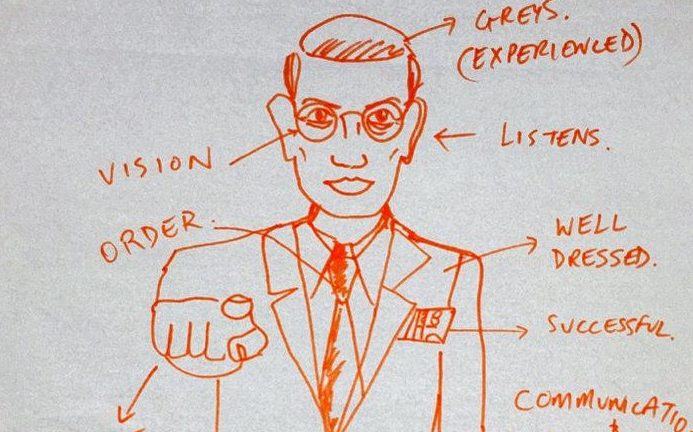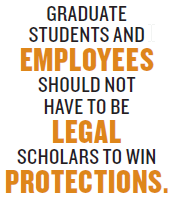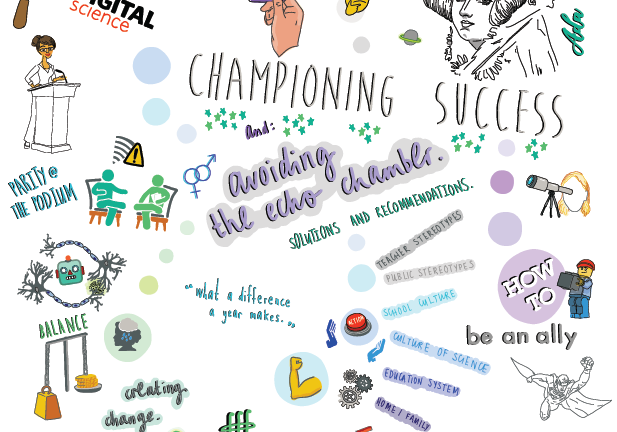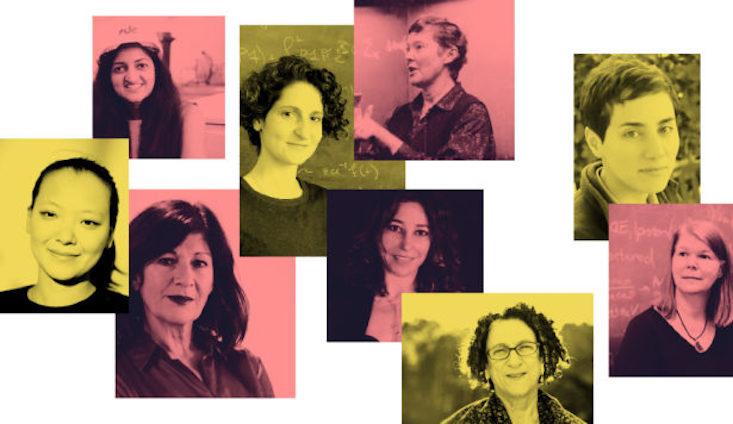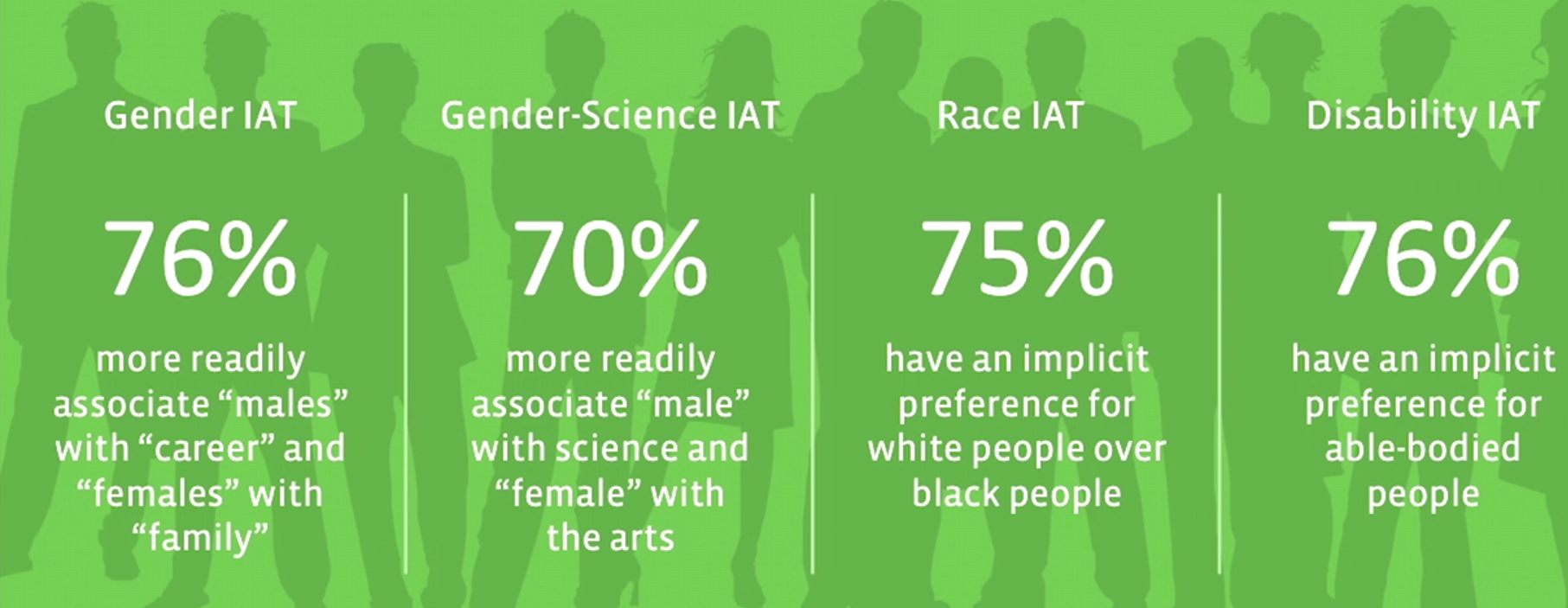2018
The robustness of scholarly peer review has been challenged by evidence of disparities in publication outcomes based on author’s gender and nationality.
The robustness of scholarly peer review has been challenged by evidence of disparities in publication outcomes based on author’s gender and nationality.
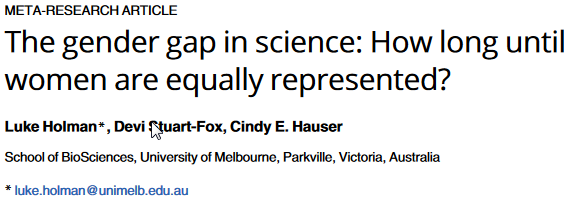
Women comprise a minority of the Science, Technology, Engineering, Mathematics, and Medicine (STEMM) workforce. Quantifying the gender gap may identify fields that will not reach parity without intervention, reveal underappreciated biases, and inform benchmarks for gender balance among conference speakers, editors, and hiring committees. (download pdf)

This paper looks at the role of implicit bias as a mechanism behind the gender gap and a potential threat to academic meritocracy. It focuses on implicit gender bias, examining how it plays a role in working conditions for women at universities, in recruitment and career advancement processes, and in research funding situations.
2017

Les modèles donnent aux femmes le courage de suivre leur propre voie, sans se laisser rebuter par les résistances ni enfermer dans les conventions et les stéréotypes réducteurs. Dans cette revue, nous présentons des femmes avec de telles qualités de modèle. Elles sont militantes et pionnières de l’ancienne et de la nouvelle génération. En particulier Iris von Roten, qui est née il y a 100 ans. Déjà en 1958, elle demandait l’autodétermination sexuelle pour les femmes, l’égalité des chances dans l’éducation et la vie professionnelle, l’égalité salariale et la pleine participation à la vie sociale et politique. (pdf complet)
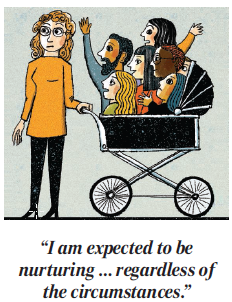
I love being a mom and all of the joy and chaos that comes with balancing the tenure track with soccer games and Girl Scouts. However, I am a mom to two amazing girls—not an endless number of graduate and undergraduate students. I love being there for students, coaching them through their first presentation at a professional meeting or seeing the look on their face when their first-author paper is finally published after months or years of hard work. But I can only help them reach their full potential as their mentor—not their mother.
According to the U.S. National Science Foundation, women earn about half of the doctoral degrees in science, yet they represent a mere 21% of the faculty at the full professor level at research institutions in the United States.
Jory Lerback and Brooks Hanson present an analysis that reveals evidence of gender bias in peer review for scholarly publications

This paper looks at the role of implicit bias as a mechanism behind the gender gap and a potential threat to academic meritocracy. It focuses on implicit gender bias, examining how it plays a role in working conditions for women at universities, in recruitment and career advancement processes, and in research funding situations.
2016

There are historical reasons for the lack of women in leadership positions in large Swiss companies
24.11.2016 Long excluded from political life in Switzerland, women have only recently gained positions of power in the economy and are still very much in the minority when it comes to boardrooms and executive positions in large companies. For the seventh issue of the series Social Change in Switzerland, Stéphanie Ginalski looks back over history and describes how the current inequality has been socially constructed. (full article HERE).
Becoming parents means becoming unequal, a long interdisciplinary research project concludes
08.11.2016 When a child arrives, many couples manifest incoherence between their values regarding equality and their actual behaviour. This paradox is explained by the “gendered master statuses” concept, which is the common thread of a book by a group of sociologists, psychologists, social psychologists and demographers directed by Jean-Marie Le Goff and René Levy. Based on data gathered from young parents in the Lake Geneva area, this study also features in another new publication, which presents a comparison between several European countries, in which Switzerland appears particularly traditionalist. (Full article HERE).
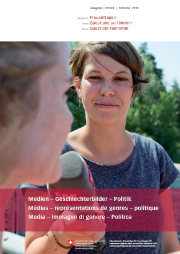 |
Médias – représentations de genres – politique Revue spécialisée «Questions au féminin» 2016
23.12.2016 On trouvera dans ce numéro les résultats d’une étude, lancée conjointement par la CFQF, l’OFCOM et la SRG SSR, qui montrent comment les médias – tant imprimés qu’en ligne – ont parlé des candidates et des candidats aux élections fédérales de 2015. Des entretiens et portraits réalisés avec des chercheuses, des syndicalistes et des professionnelles des médias montrent où en sont les efforts en vue de l’égalité dans les médias. (Full article HERE). |
 |
The Power of Realistic Expectations. Research shows a way to close a key achievement gap.
05.12.2016 While many students experience difficulty acclimating to college, first-generation, low-income, and minority students are the hardest hit and most at risk of dropping out. (Full article HERE). |
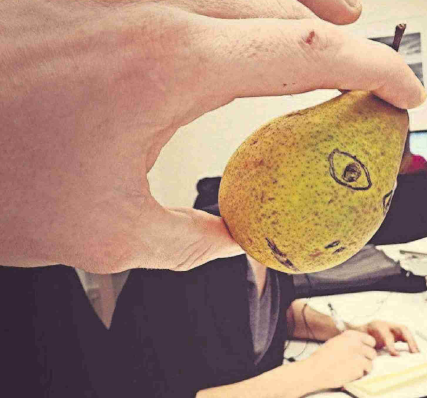 |
Halte au sexisme au travail!
29.11.2016 Qu’il s’exprime par le biais de l’humour ou directement, qu’il semble bienveillant ou hostile, le sexisme a de lourdes conséquences: il dévalorise les femmes et limite leur progression professionnelle montre une étude de I’Universite de Genève. (Full article HERE).
|
 |
The engineering gap08.11.2016 Only 8% of engineers in the UK are women. Why are efforts to get more girls to choose it as a career failing?. (Full article HERE). |
Women need to be seen and heard at conferences28.10.2016 A neuroscience initiative is boosting the number of female invited speakers at meetings. Other disciplines should do the same. (Full article HERE). |
|
 |
Women Nobel science prize04.10.2016 Following Marie Curie, double winner, only sixteen women received the prestigious Nobel science prize. (Emission CQFD de la RTS à écouter ICI). The destiny of these passionate researchers is told in the book “17 femmes prix Nobel de sciences“. |
|
|
|
|
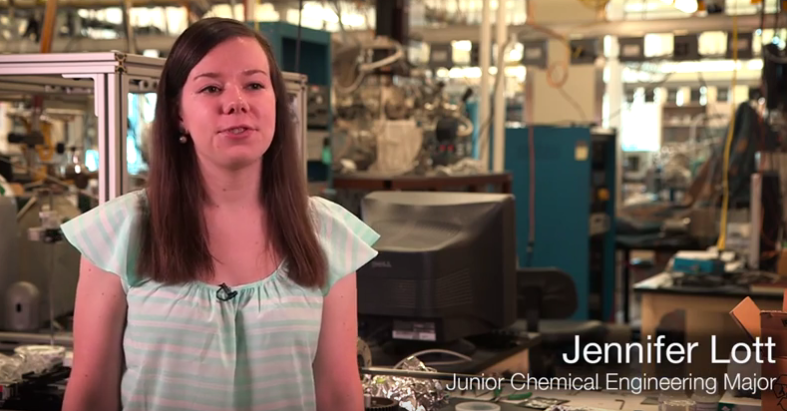 |
CMU’s Proportion of Undergraduate Women in Computer Science and Engineering Soars Above National AveragesCulture, Personal Approach Makes the Difference in Attracting More Women. Full article HERE |
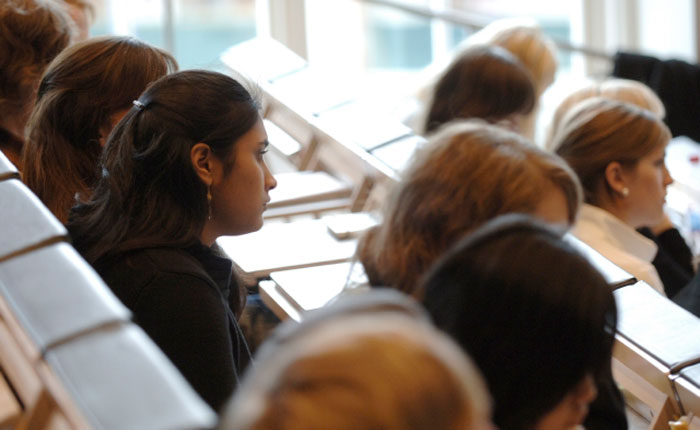 |
GMA: Gender Mainstreaming in AcademiaThe Swedish Secretariat for Gender Research has been commissioned by the Swedish government to support all state-funded higher education institutions as well as Chalmers University of Technology and Jönköping University in their gender mainstreaming efforts 2016–2019. Full article HERE |
 |
Moving My Brain to Canada: Motherhood and International Mobility as an Academic Career Requirement This article highlights the challenges encountered by mothers in academe who face the demand of international mobility as a career requirement. Full article HERE |
 |
Math for Girls, Math for Boys18.04.2016 Why don’t females compete in international math olympiads at the same rate as their male classmates? Full article HERE. (The Atlantic) |
 |
Pour comprendre la discrimination envers les femmes, il faut remonter à la charrue 10.03.2016 La discrimination envers les femmes n’a pas toujours été la norme. Comme beaucoup d’autres différences de genre, elle est socialement et culturellement construite. Pour en comprendre l’origine, il nous faut remonter le temps. L’outil agricole a marqué une rupture Article complet ICI. (Le Temps) |
 |
Women considered better coders – but only if they hide their gender12.02.2016 Researchers find software repository GitHub approved code written by women at a higher rate than code written by men, but only if the gender was not disclosed Article complet ICI. (The Guardian) |
 |
Le système suisse décourage le travail féminin08.03.2016 Le marché du travail Suisse est le plus discriminatoire d’Europe concernant l’égalité homme-femme, selon une étude du journal britannique The Economist. En cause, le traditionalisme des représentations, et la difficile conciliation entre charges familiales et vie professionnelle. Article complet ICI. (Bilan édition numérique) |
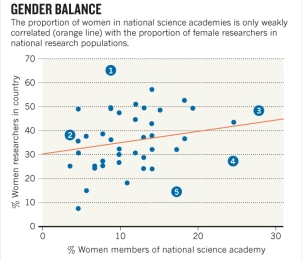 |
Women under-represented in world’s science academies29.02.2016 Fewer than half of academies have policies in place to boost gender equality in membership. Article complet ICI. (In Nature) |
 |
Le langage épicène, un pas vers l’égalité femme-homme?12.02.2016 À l’heure où les femmes gagnent toujours moins que les hommes à fonction égale, sont sous-représentées dans les médias et en politique, la féminisation du langage est envisagée comme un vecteur d’égalité des genres. Interview de Pascal Gygay à écouter ICI. (RTS, On en Parle) |









